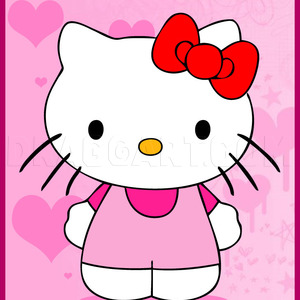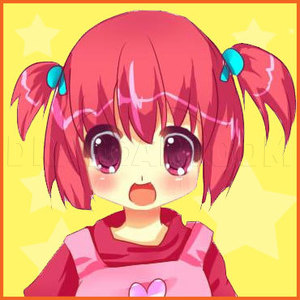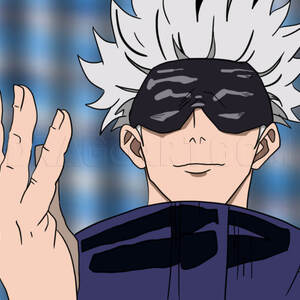1
Before we start I'll show you which tools I'm going to use in this tutorial. - Pencils of various hardness: HB, 2B, 4B and 8B. - Mechanical pencil with 0.5mm HB or 2B lead. - Paper stump (great for blending). - Eraser and, if you have it, also
2
If you are starting to draw a subject you've never drawn before it's advisable to do some fast sketches of the animal in different poses before you start the detailed drawing. This will make you know the subject a little. To tell something about ref
3
Now we can start the main drawing. If you need it, draw some guide lines, like you see in the image. Try to keep the right proportions of the different parts of the Eagle. The head is medium sized if compared to the body, which is round and elongate
4
Start working on the drawing from the darkest parts using the 8B pencil. Don't draw a black lineart (it wouldn't be very realistic), just look at the photo reference and locate the parts where there is black (or the darkest color in the figure) and r
5
Here a little step by step image to help you to draw the feathers on the wing of the Bald Eagle. The smaller feathers (the ones in the upper part of the wing) are similiar to reptile scales. Their disposition seems random, but there is a logic in the
6
Continue using the 8B on the wing, on the tail and between the legs. When you draw the wing remember to draw the different feather groups.
7
Use the same pencil to work on the rest of the body and on the feet. When the first layer is done you can add another one to make some parts darker and create volume. Sharpen your pencil when you work on tiny details.
8
Now let's work on the head (you can work on the different parts in the order you prefer, it's not important). Keep your pencil sharpened while working on the face because the head of the Bald Eagle is white so you don't have to add a lot of graphite
10
Use the paper stump to blend the graphite on the whole drawing but don't touch the ligther parts, thay have to remain clear.
11
Now that the base of the drawing is done it's time to add the details. Refine the form of the feathers, add thin dark shadows, refine the texture of the plumage and of the feet.
13
If you think it's necessary, work a little more on the figure. Strengthen the shadows, the form of the feathers and their outlines.
Comments 0
Details
May 14, 2014
Description: Tutorial about how to draw a realistic Bald Eagle with pencil.













































































